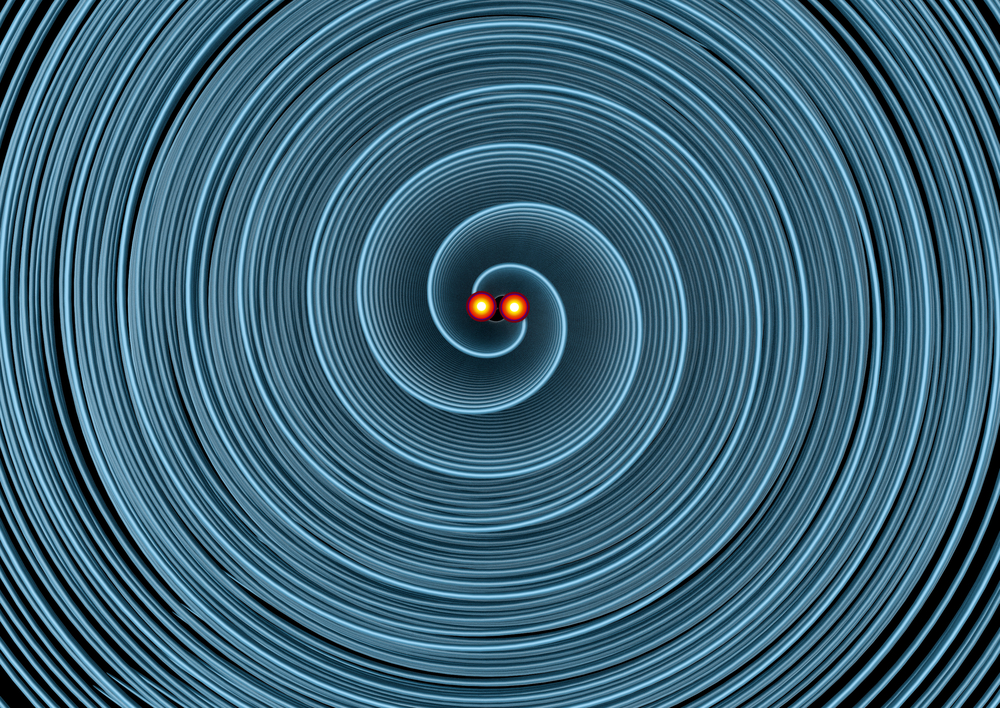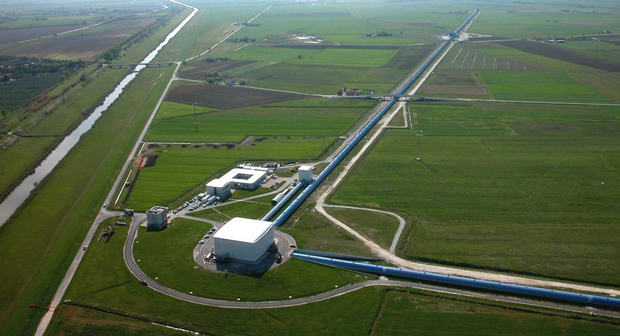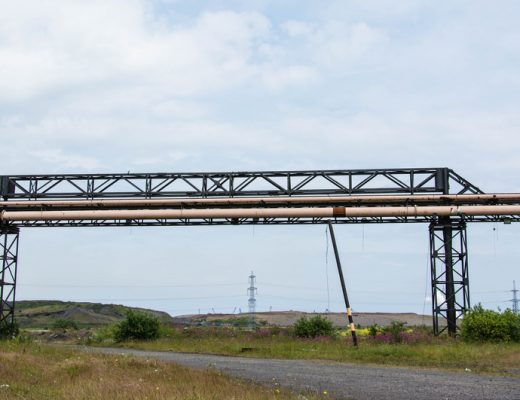Today the Royal Swedish Academy of Sciences awarded 3 scientists the Nobel Prize in physics for detecting gravitational waves, but what are they?
Physicists Rainer Weiss, Kip Thorne, and Barry Barish had their names go down in history today as they accepted the Nobel Prize in physics for directly detecting Einstein’s gravitational waves. While it sounds like something you’ve read about in high school, you actually didn’t and they are a big deal.
Back in 1915, Albert Einstein predicted that distortions in gravity would travel through space-time like shock waves in his General Theory of Relativity. Until last year, these claims were somewhat dismissed since no one could prove that these ripples in the very fabric of space existed.
In September 2015 however, one of the most ambitious experiments in recent history, known as The Laser Interferometer Gravitational-Wave Observatory or LIGO, was able to record a chirp in the fabric of space caused by the collision of two black holes millions of years ago.
Having said all this, two questions are on everyone’s mind: What are gravitational waves, and why are they so hard to detect?
First of all, gravitational waves are small tears in the fabric of the space-time continuum that result from violent phenomenons like exploding stars, merging black holes or collision between neutron stars. If you’re having trouble imagining the magnitude of such events, imaging a few thousands of our Sun exploding at the same time.
These phenomena are so powerful and energetic they radiate gravitational waves, which we experience (due to our proximity) as distortions in the fabric of space-time.
While such waves rain on the cosmos (including our planet) all the time, we have never had the technology to detect them – until now.
Even though these ripples travel across space at the speed of light, it can take them billions of years to reach Earth. As a gravitational wave passes through Earth it will stretch and squeeze the very fabric of both space and time along two axis, but since the tear is so small that half a proton can’t pass through, we can’t really see nor measure it.
With the help of LIGO’s two detectors – one in Livingston, Louisiana and Hanford, Washington – scientists can today register and detect these ripples that have been dubbed “cosmic chirps.”





